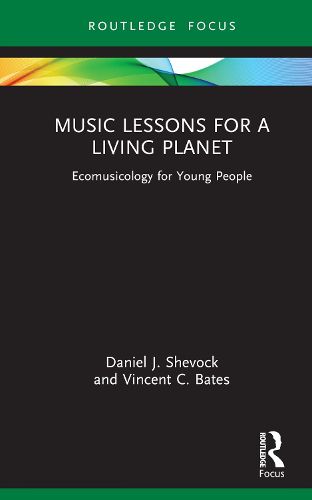Readings Newsletter
Become a Readings Member to make your shopping experience even easier.
Sign in or sign up for free!
You’re not far away from qualifying for FREE standard shipping within Australia
You’ve qualified for FREE standard shipping within Australia
The cart is loading…






This volume shows music educators how music teaching and learning can help address humanity's greatest challenge-the ecological crisis. It provides the essential background knowledge in ecomusicology, from compositions about nature, soundscape experiences, activist songs, to practical lesson ideas.
Motivated by the urgent need for increased ecological awareness and sustainable practices, and the ecological aspects of music and musical aspects of ecosystems, the book explores the powerful role that music educators can play in protecting and preserving the natural environment. Each chapter includes a narrative and potential lesson ideas that include listening, singing, playing instruments, moving, and contextualizing, with the goal of translating research in ecomusicological theory into a sustainable, creative, and critical music teaching practice.
Bridging the gap between recent scholarship and pedagogical work, this book will be a valuable resource for educators, P-12 classroom teachers, and music specialists, as well as in undergraduate music education methods courses.
$9.00 standard shipping within Australia
FREE standard shipping within Australia for orders over $100.00
Express & International shipping calculated at checkout
This volume shows music educators how music teaching and learning can help address humanity's greatest challenge-the ecological crisis. It provides the essential background knowledge in ecomusicology, from compositions about nature, soundscape experiences, activist songs, to practical lesson ideas.
Motivated by the urgent need for increased ecological awareness and sustainable practices, and the ecological aspects of music and musical aspects of ecosystems, the book explores the powerful role that music educators can play in protecting and preserving the natural environment. Each chapter includes a narrative and potential lesson ideas that include listening, singing, playing instruments, moving, and contextualizing, with the goal of translating research in ecomusicological theory into a sustainable, creative, and critical music teaching practice.
Bridging the gap between recent scholarship and pedagogical work, this book will be a valuable resource for educators, P-12 classroom teachers, and music specialists, as well as in undergraduate music education methods courses.